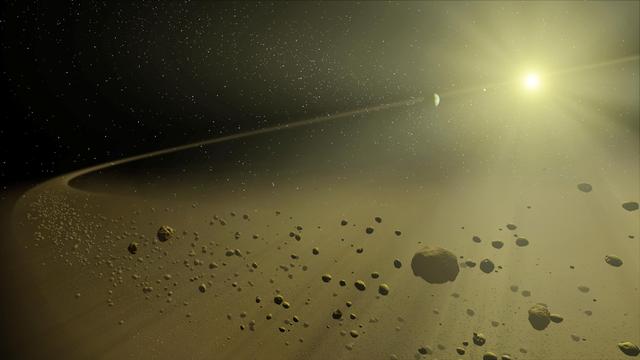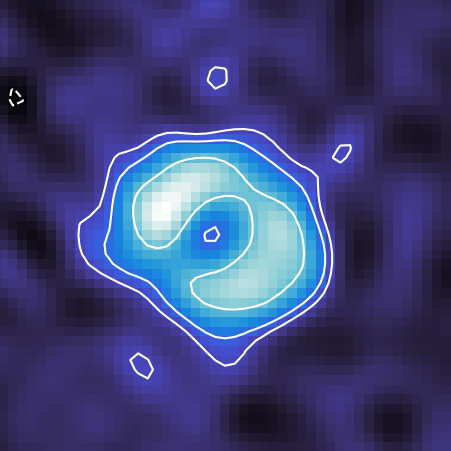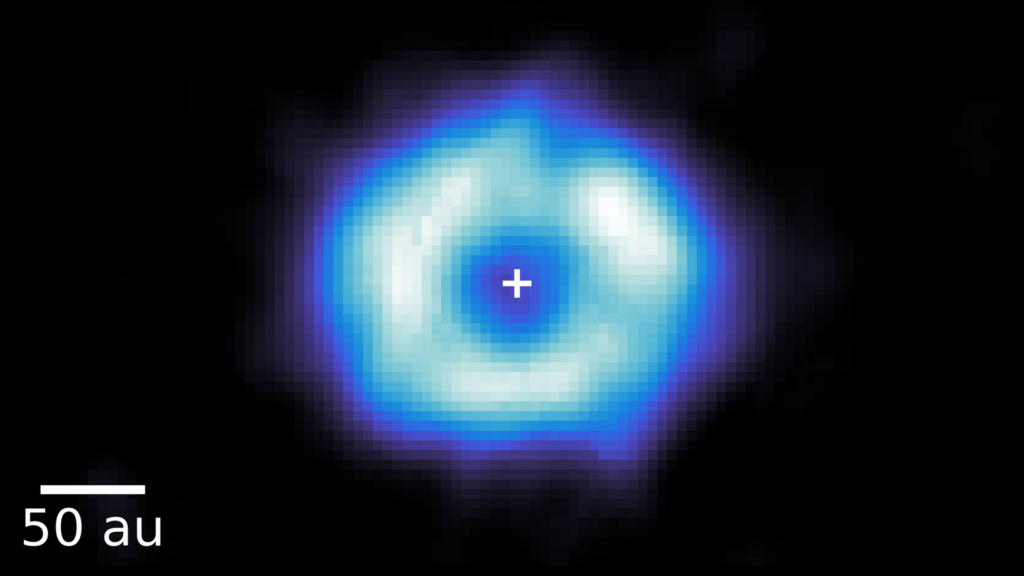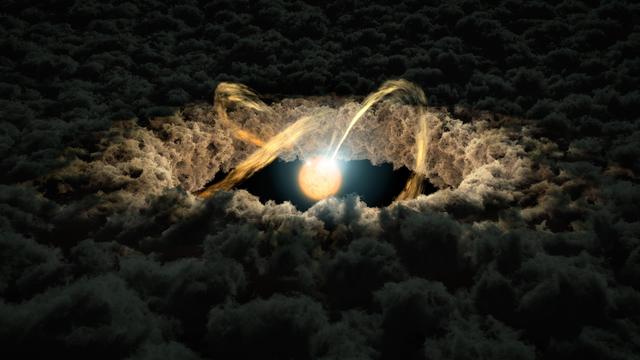How do planetary systems form and evolve?
Are the Earth and the solar system unique?
What formation pathway leads to a planet with life?
Questions like these motivate my research in planet formation. I mainly use the ALMA telescope to study two kinds of circumstellar disks: debris disks and protoplanetary disks.
Debris disks
Debris disks are the extrasolar analogues of the solar system’s asteroid and Kuiper belts. They mainly consist of dust and rocks. Occasionally, gas is also present. As remnants from the planet formation process, they can help us to understand how planetary systems are born and how they evolve. I have been particularly interested in the mysterious gas component of debris disks and use ALMA to observe its emission.




Protoplanetary disks
Planets form in gas-rich disks around young stars, so-called protoplanetary disks. I have been particularly interested in the chemistry of protoplanetary disks. To understand what determines the chemical composition of a newly forming planet and whether it can harbour life, we need to understand the chemistry of protoplanetary disks. ALMA is an ideal telescope to observe the emission from various molecules that can help us to decipher protoplanetary disk chemistry.